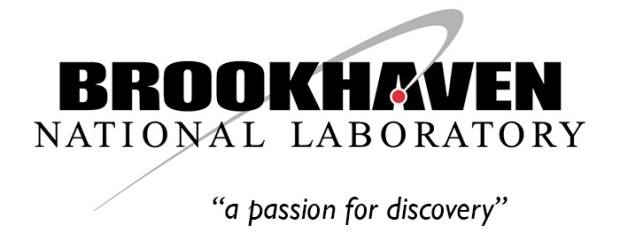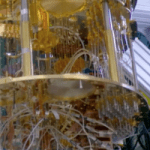DOE’s Brookhaven & U of Delaware Collaborating in Study of Quantized Topological Insulators

(Eureka) -The U.S. Department of Energy’s (DOE) Brookhaven National Laboratory and the University of Delaware (UD) have begun a two-year joint initiative to promote collaborative research in new areas of complementary strength and strategic importance. Though Brookhaven Lab and UD already have a tradition of collaboration, especially in catalysis, this initiative encourages partnerships in strategic areas where that tradition does not yet exist. For each project, one graduate student based at Brookhaven and one graduate student from UD will work with and be supervised by a principal investigator from each respective institution.
The quantum materials project, “Growth and characterization of quantized antimony-based topological insulators,” is co-led by Peter Johnson, group leader of the Electron Spectroscopy Group in Brookhaven’s Condensed Matter Physics and Materials Science Division, and Stephanie Law, the Clare Boothe Luce Assistant Professor of Materials Science in UD’s College of Engineering.
To date, much of the research on quantum confinement has focused on semiconductor materials, which have an electrical conductivity in between that of conductors (high conductivity) and insulators (low conductivity). But recently, scientists have been turning their attention toward a new class of materials that behave as insulators internally but conductors on the surface (i.e., electrons can only move along the surface). The surfaces of these topological insulators are special because they are protected from backscattering, which occurs when electrons hit atomic defects or other imperfections in a crystal structure or move in response to vibrations of the atoms. The scattering of electrons is problematic because it interferes with the flow of electric current, causing energy dissipation and thus loss.
“This study will allow us to understand the electronic structure of topological insulators at the nanoscale, by measuring their quantized energy level spectrum,” said Johnson. “Our research could help us answer fundamental questions about the physics of topological systems. It could also be used as the foundation to develop qubits–the counterpart to the binary bits used in today’s computers–that operate at room temperature over extended distances for more efficient computing.”
























